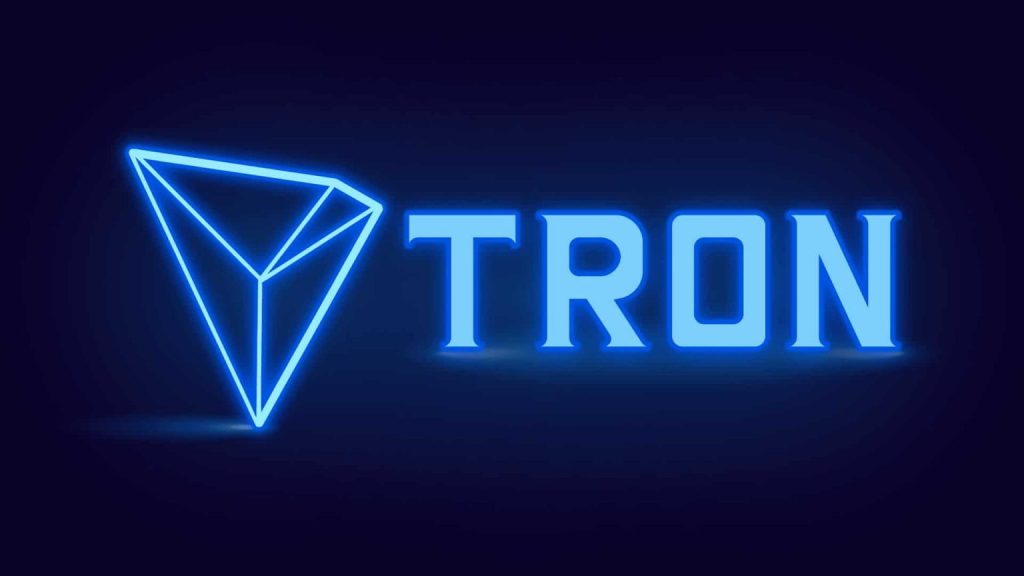In the dynamic world of cryptocurrencies, the ability to seamlessly navigate between different digital assets is a vital skill for any astute investor or enthusiast. Among the myriad of digital currencies, Stellar Lumens (XLM) and Bitcoin (BTC) stand as two distinct entities, each with its unique attributes and ecosystems. This comprehensive article takes you through the intricacies of converting Stellar Lumens (XLM) to Bitcoin (BTC), an endeavor that goes beyond mere transactional exchange to represent a strategic shift in the digital currency landscape.
Understanding Stellar Lumens and Bitcoin
Before embarking on the conversion journey, it’s essential to understand the fundamental differences between XLM to BTC. Stellar Lumens, created in 2014 by Jed McCaleb, is an open-source network designed for currency exchange and remittance. Stellar aims to facilitate cross-border transactions efficiently and at a low cost, making it an attractive option for international money transfers.
Bitcoin, on the other hand, needs little introduction. Launched in 2009 by the enigmatic Satoshi Nakamoto, Bitcoin is the progenitor of all cryptocurrencies. It operates as a decentralized digital currency that enables peer-to-peer transactions without the need for intermediaries. Bitcoin has not only become a household name but also remains a significant player in the crypto market, often regarded as digital gold.
Why Convert XLM to BTC?
The decision to convert XLM to BTC can stem from various reasons. For some, it’s a strategic move to diversify their crypto portfolio, balancing the high-speed, low-cost utility of Stellar with the robustness and market dominance of Bitcoin. For others, it could be driven by market trends, speculation, or a long-term belief in Bitcoin’s potential as a store of value.
The Conversion Process: A Step-by-Step Guide
- Securing Wallets: First and foremost, ensure you have secure wallets for both XLM and BTC. These wallets will be the starting and endpoint for your digital assets.
- Selecting a Platform: Choose a cryptocurrency exchange that supports XLM and BTC transactions. Consider factors like security, fees, ease of use, and the exchange rate offered.
- Initiating the Exchange: Deposit your XLM into the exchange. Navigate to the trading section and select XLM/BTC as your trading pair. You will then enter the amount of XLM you wish to convert to BTC.
- Executing the Trade: Confirm the transaction details, including any fees and the final amount of BTC you will receive. Once you’re satisfied, execute the trade.
- Receiving Bitcoin: After the trade is processed, your BTC will be credited to your exchange wallet. For enhanced security, it’s recommended to transfer your BTC to your personal wallet.
Market Timing and Analysis
The cryptocurrency market is known for its volatility. Timing your conversion can significantly impact the outcome. Stay informed about market trends, news, and analyses to make educated decisions. However, predicting market movements is challenging, and thus timing a conversion perfectly is an art in itself.
Security and Best Practices
The realm of digital currencies demands high vigilance in security. Use reputable exchanges, keep your software updated, and consider using hardware wallets for storing significant amounts of cryptocurrencies. Be wary of phishing attempts and scams.
Legal and Tax Implications
Be aware of the legal and tax implications of your crypto transactions. Different jurisdictions have varying regulations concerning cryptocurrency conversions and holdings. Consulting with a financial expert is advisable to ensure compliance.
Understanding the Broader Crypto Ecosystem
The conversion from XLM to BTC is not just a financial transaction but also a strategic move within the broader crypto ecosystem. It reflects an understanding of the diverse functionalities and potential of different cryptocurrencies.
Conclusion: A Strategic Move in the Digital Currency Space
Converting XLM to BTC is a journey that encapsulates the essence of cryptocurrency trading and investment. It’s a decision that goes beyond mere asset exchange, embodying a strategic move in the world of digital finance. Whether driven by diversification, market speculation, or belief in Bitcoin’s long-term value, this conversion process highlights the dynamic nature of the cryptocurrency market. As the digital currency landscape continues to evolve, such conversions will remain an integral part of the crypto experience, symbolizing the continuous adaptation and growth in this exciting and ever-changing domain.

